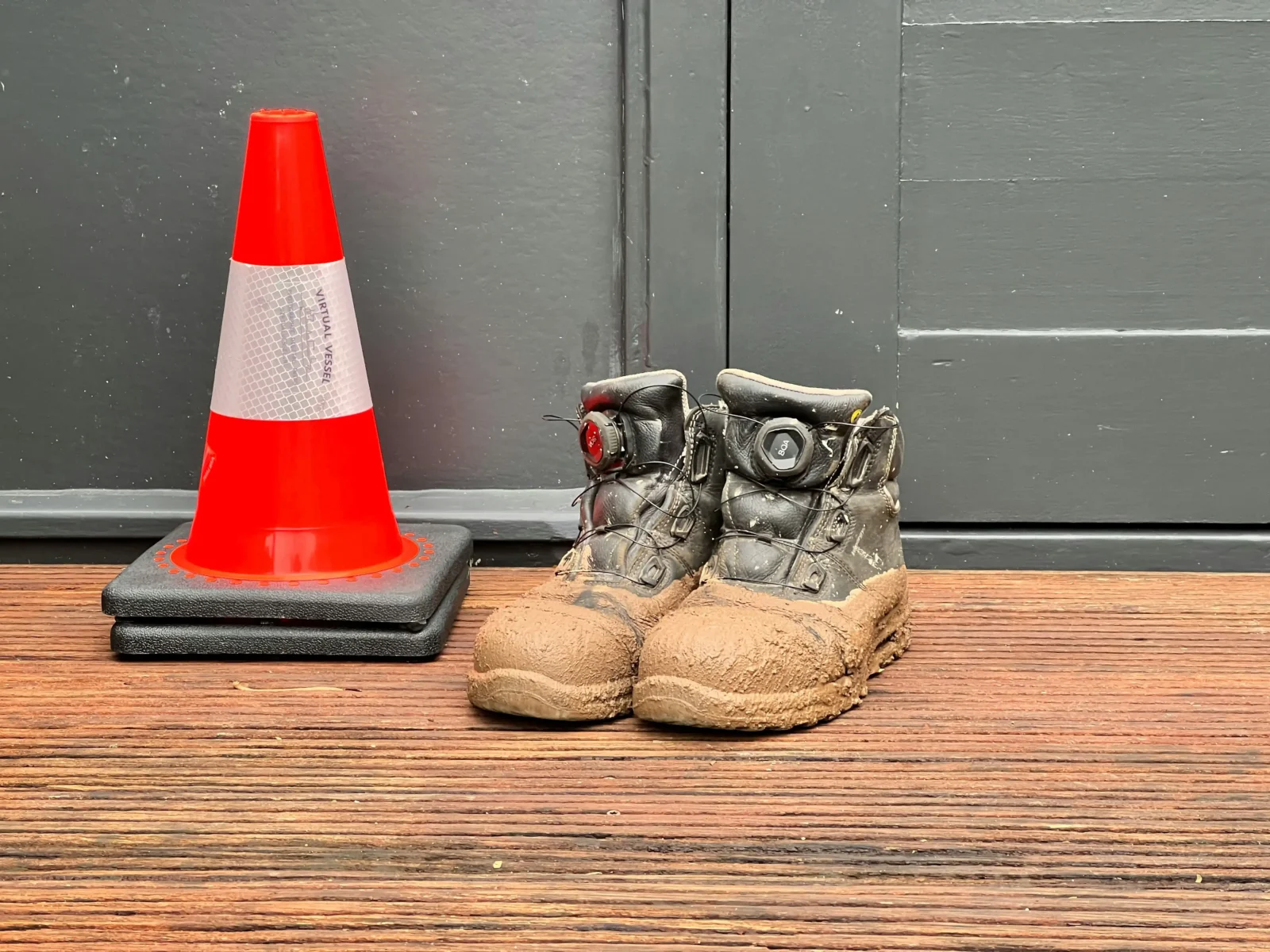- Home
- Articles
- Architectural Portfolio
- Architectral Presentation
- Inspirational Stories
- Architecture News
- Visualization
- BIM Industry
- Facade Design
- Parametric Design
- Career
- Landscape Architecture
- Construction
- Artificial Intelligence
- Sketching
- Design Softwares
- Diagrams
- Writing
- Architectural Tips
- Sustainability
- Courses
- Concept
- Technology
- History & Heritage
- Future of Architecture
- Guides & How-To
- Art & Culture
- Projects
- Interior Design
- Competitions
- Jobs
- Store
- Tools
- More
- Home
- Articles
- Architectural Portfolio
- Architectral Presentation
- Inspirational Stories
- Architecture News
- Visualization
- BIM Industry
- Facade Design
- Parametric Design
- Career
- Landscape Architecture
- Construction
- Artificial Intelligence
- Sketching
- Design Softwares
- Diagrams
- Writing
- Architectural Tips
- Sustainability
- Courses
- Concept
- Technology
- History & Heritage
- Future of Architecture
- Guides & How-To
- Art & Culture
- Projects
- Interior Design
- Competitions
- Jobs
- Store
- Tools
- More
Best UX Design Principles That Improve Customer Support Experiences

When customers need help, they don’t want to have to search all over for it. They want fast answers, clear options, and, above all, a sense that someone understands what they’re going through. That’s where great UX design comes in. Done well, it can turn frustrating support moments into seamless experiences that build trust, loyalty, and even delight.
Below, we’ll go through the most important UX design principles that directly improve customer support. These aren’t just “nice to have” ideas, they’re the backbone of support systems that actually work.
Table of Contents
ToggleClarity Comes First
Clarity is non-negotiable in support design. If users are confused about what to click, where to go, or how to phrase their issue, they’re going to get frustrated fast.
The best support interfaces feel effortless. They anticipate what a user might want to do next, and make that action obvious.
Here’s what clarity looks like in practice:
- Simple language: Ditch the jargon. Replace “authentication failure” with “We couldn’t log you in.”
- Obvious CTAs: Buttons like “Talk to Support” or “Check Order Status” should be impossible to miss.
- Clean layouts: No clutter, no distractions. Support UIs should highlight help—not hide it behind five dropdowns.
Even if your backend systems are complex, the front end should feel like a straight line from problem to solution.

Frictionless Navigation
Ever tried to reset a password and found yourself trapped in a maze of login pages, confirmation steps, and dead ends? That’s bad UX, and it kills user trust.
Good support UX minimizes clicks and cognitive load. Ideally, users should move through a support journey without needing a mental map.
A few ways to reduce friction:
- Breadcrumbs: Let users know where they are and how to get back.
- Smart search: If you have a help center, make it actually useful. Autocomplete, popular topics, and typo tolerance all help.
- Persistent help buttons: A floating “Need Help?” option that follows the user (without being annoying) can dramatically cut support tickets.
- Make it easy to get through to support: Ensure that your clients can switch over to a dedicated customer support team when they choose to.
When users don’t have to think about how to get help, they’re more likely to actually use the resources you’ve built.
Mobile-First, Always
Support experiences should work just as smoothly on a phone as they do on a desktop. That sounds obvious, but you’d be surprised how many companies still bury live chat buttons or display poorly formatted help articles on smaller screens.
With more users contacting support from mobile devices than ever before, responsive design isn’t optional, it’s critical.
Make sure your mobile UX covers:
- Tappable elements: Buttons need to be easy to hit with a thumb.
- Readable text: No one wants to zoom in on fine print while trying to fix an issue.
- Sticky actions: Keep key actions like “Call us” or “Live Chat” accessible without excessive scrolling.
Test your support flows on a real phone, not just a simulator. You’ll quickly see where things break down.
Contextual Help (Right Place, Right Time)
Nobody wants to dig through a help center when they’re stuck on a checkout screen. One of the most effective UX strategies is to surface help exactly when and where the user needs it.
Contextual help reduces confusion and prevents unnecessary tickets by offering micro-support in the moment. Some businesses also integrate external solutions like a data annotation platform to power smarter, AI-driven support systems that can recognize intent and context.
This could include:
- Tooltips next to form fields (e.g. “Why we need your phone number”).
- Embedded FAQs below product listings.
- Step-by-step guides that pop up during onboarding.
Think of contextual help as a friendly guide walking beside your user, offering a nudge before things go sideways.
Give Users Control
One overlooked part of support UX is agency. Users should always feel in control, even if they’re in the middle of a problem.

That means giving them choices. If live chat is busy, offer a callback. If they want to search instead of chatting, make that easy. If they just need to cancel a subscription, don’t make them beg for it.
Good UX respects the user’s time and preferences.
It’s also about visibility. People feel better when they know what’s happening. So give status updates, show estimated wait times, and confirm that their request is in motion. A little transparency goes a long way.
Consistency Across Channels
Here’s a scenario: You send an email to support. Then, a day later, you try live chat, and you have to repeat everything from the start. No context, no handoff, just groundhog day.
Inconsistent experiences across channels are a UX nightmare.
Great support UX treats all touchpoints as part of the same journey. Whether a customer contacts you via chat, email, phone, or a help form, the system should keep track of the conversation—and make it feel continuous.
To get this right:
- Use a unified customer view.
- Sync data between platforms (Zendesk, Intercom, HubSpot, etc.).
- Let users reference past tickets and conversations easily.
Consistency builds confidence. If users know they won’t have to start over every time, they’re more likely to reach out in the first place.
Feedback Loops
Support should involve two-way communication. After every interaction, users should have the chance to tell you what worked—and what didn’t.
This isn’t just about collecting star ratings. It’s about learning what parts of the experience felt broken or smooth, so you can refine the design.
Good feedback UX:
- Doesn’t interrupt the flow (a quick emoji rating is better than a 10-question form).
- Feels optional but welcomed.
- Offers a way to leave comments in their own words.
Over time, this data becomes a goldmine. You’ll start to notice patterns—where users drop off, which articles solve problems fastest, and which parts of your flow need a rethink.
Personalization
People don’t want to feel like just another support ticket. Personalization doesn’t have to be over-the-top, but small touches can go a long way.
Here’s what good personalization looks like:
- Addressing users by name.
- Recommending help articles based on their activity.
- Pre-filling forms with known data (like device type or subscription level).
Done right, this shows the user you know who they are and why they’re here. And that makes them more likely to trust your solutions.
Just be careful, too much personalization can backfire if it feels invasive or overly intrusive. Keep it helpful, not hyper-targeted.
Empathetic Microcopy
Design isn’t just how it looks, it’s also what it says. And in customer support, tone matters more than you think.
Empathetic microcopy can defuse frustration, reassure users, and create moments of delight in an otherwise tense situation.
For example:
- Instead of “Error 403: Forbidden,” say “Oops! You don’t have permission to view this page. Need help? We’re here.”
- Instead of “Your request was submitted,” say “Got it! Our team is on it, you’ll hear from us soon.”

The words you use are part of the design. Use them to reassure, guide, and connect.
Design for the Worst-Case Scenario
Here’s a reality of support: sometimes things go wrong. Systems crash. Packages go missing. People get locked out of their accounts.
A well-designed UX anticipates these moments—and softens the blow.
That means:
- Clear error messaging (what went wrong and what to do next).
- Easy paths to escalate issues to a human.
- Interfaces that guide users forward even when an error occurs.
Designing for failure isn’t pessimistic, it’s respectful. It shows that forethought and care for the user journey..
Wrapping It Up
When it comes to customer support, UX design isn’t just about making things look nice, it’s about creating real, tangible improvements in how people get help. It’s the difference between a user leaving angry and a user walking away relieved (or even impressed).
The best UX principles, clarity, simplicity, empathy, responsiveness, translate directly into better support outcomes. And while tools and technology will evolve, these principles stick.
If you want to build a support experience your users actually enjoy, start with the design. Build around what they need, how they feel, and where they’re likely to get stuck. Make it effortless. Make it human. And most importantly, make it work.
illustrarch is your daily dose of architecture. Leading community designed for all lovers of illustration and #drawing.
Submit your architectural projects
Follow these steps for submission your project. Submission FormLatest Posts
Understanding Site Safety Footwear in Architectural Practice
Architecture is often discussed through drawings, models, and finished buildings, yet a...
General Arrangement Drawings in Architecture: The Backbone of Clear Design Communication
General Arrangement Drawings explained: what they are, when to use them, how...
The Ultimate Guide to Fencing in North Dakota: Choosing the Best Fence for Your Property
Watching a chain link fence twist in 70 mph winds near Minot...
Gaudí: Where Architecture Meets Science
Gaudí: Where Architecture Meets Science shows catenary arches, ruled surfaces, and biomimicry...












Leave a comment